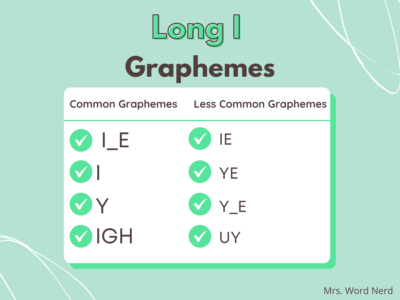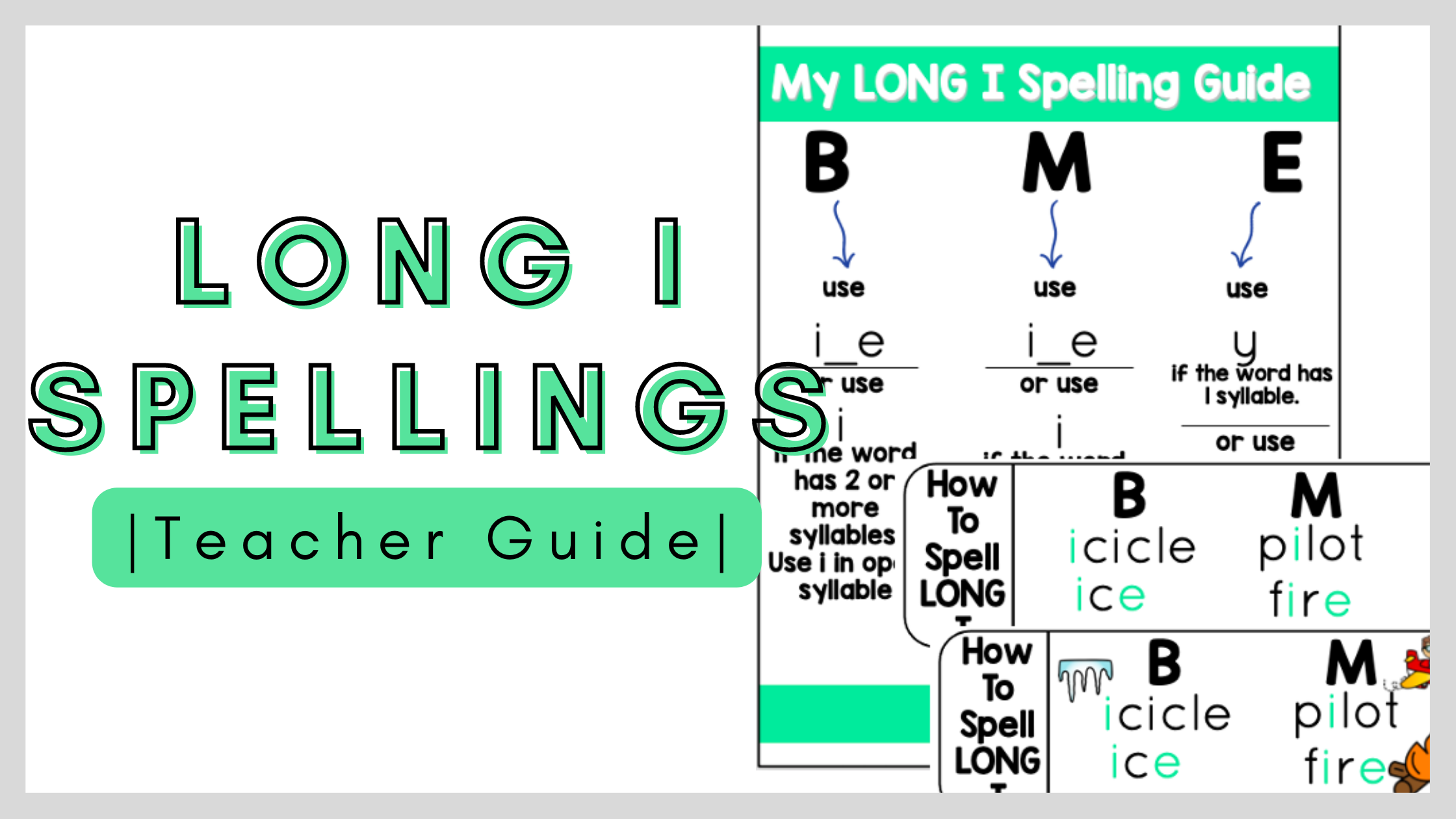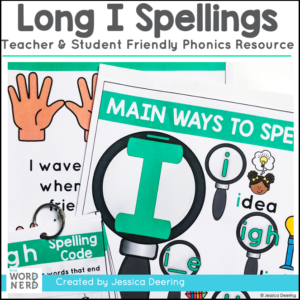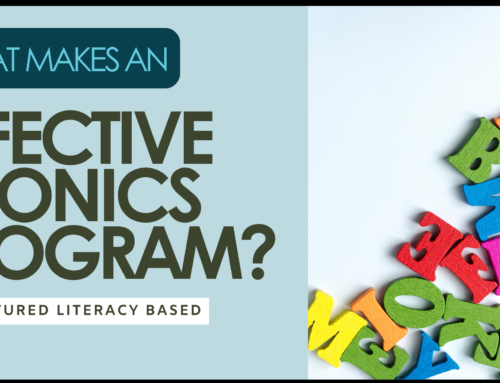Teaching any long vowel and all of its spellings can be challenging. Long I spellings are not without their own tricks and challenges. Luckily, many Long I spellings do have clear guidelines to help you teach students when and how to use them.
Long I Overview
Long I has 8 graphemes or spellings that are used to represent it. We can break them down into 4 common spellings and 4 less common spellings. Long I does have a few graphemes that also represent other vowel sounds like Y and IE, but there are easy ways to help know when it makes each sound. Long I is also easy in the sense that most of Long I words use either I or I_E which are two spellings guidelines used for all vowels.

I_E
I_E is the most common grapheme used to represent Long I. It is used at the beginning or middle of a word. Due to how all the other Long I spellings are used it is helpful to remember this spelling is used when you can hear another sound after Long I.
I
To have I represent Long I sound it needs to be in an open syllable (a syllable that ends with a vowel). I is used at the beginning or middle of a word. There are no English words that end with an i. However we do have words we have adopted from other languages and slang words that ends with i. Yet few of them have I representing Long I usually it is Long E. Hi is one of the few where i says Long I. It is considered a slang word for hello.
Y
Y can make Long I or Long E. Y represents the Long I sound at the end of 1 syllable words. If Y is representing Long E it is at the end of 2 or more syllable words.
IGH
IGH is a Long I spelling only used at the end of words. It can have only one letter follow it and that is T. The tricky thing about this spelling is that GH does not say anything. They used to, but in English we have a hard time dropping letters out of words when we no longer say those sounds. Words that use this spelling are like: high, night, fright, light, sigh.
IE
IE gets taught as a Long I spelling which it is, but it is not as widely used as you think. It is used at the end of only 7 root words. Students will really only be using 4 of those words- die, lie, tie, pie. Y when it represents Long I and has a suffix like -s or -ed added to changes Y to IE. This makes it seem like IE is more widely used when really it is just the word changing to make the suffix work.
For Example: cry +s = cries or try + ed= tried
YE
YE is used at the end of a few root words to make the Long I sound. A few of the words that use this spelling are homophones to other Long I words like bye and by, dye and die.
Y_E
Y_E is another CVCe spelling pattern. It is used in words of Greek origin. It is used in the middle of words. Examples of words students may use with this spelling are rhyme, type, style, analyze.
UY
UY is used at the end of words. It is used in only 2 root words- buy and guy.
Things to Remember:
- You don’t have to teach all graphemes at once.
- Yes there are some expectations for a few of these graphemes but most of the guidelines for each work for the words students will be using the most.
- It is okay to only teach the 4 common graphemes as those are the ones students will be reading and writing the most.
- Practice, practice, practice. Students need much practice reading, decoding and writing words with each type of spelling.
Need More Help
To help me teach Long I spellings, I created these spelling patterns posters and more resource. It includes a poster for each grapheme that breaks down when in a word it is used and how. There are also posters for any rulebreakers that are words students would be using a lot. There are students’ spelling guides for students to reference to remember what grapheme to use and where.
If you want just a little bit of these post to keep with you for reference you can download The Teacher Guide to Long I spellings.
Both of these resources are ones I wished I had when I first started teaching first and second grade. Both help to see that these spellings aren’t so hard and the English language isn’t as tricky as we first make it out to be.
Teach Well,









Leave A Comment